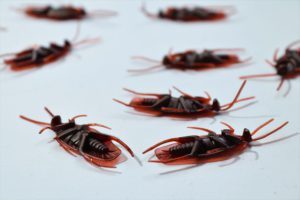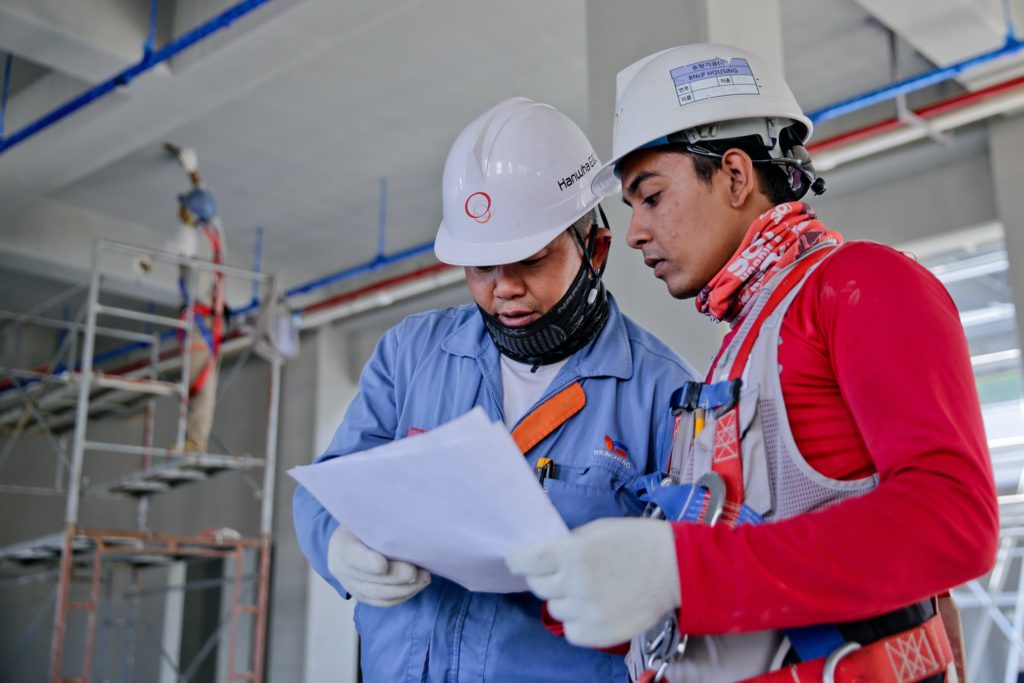Who could forget the recent plague of mice over in Eastern Australia recently?
The rodents crawled over every newscast for weeks. People who were squeamish about the furry little scavengers before either gave up worrying – or collapsed in a sobbing mess every time there were shots of thousands of squirming mice invading farms, houses and offices on the news.

Historically, Australia has always suffered from these types of outbreaks. According to The Scientist Magazine, “We’ve got data going back to the 1900s essentially showing that there are mouse plagues somewhere in Australia every four or five years, and within any particular area it could be every seven or ten years,”
This latest outbreak, though, has been terrible, with farmers saying that this might be the worst plague they’ve experienced.
Mice have overrun hospitals and bitten people while they were recovering in bed, they chewed through one prison’s electricity circuits so the prisoners had to be taken to another facility, and pupils and staff in schools have been frightened by groups of rodents scampering around classrooms and corridors.
It’s estimated that the damage to crops topped over AU$1 billion.
For birds of prey, owls and other predators, the situation was a bonanza. Even in the Murray River, cod were feasting on the mice when they fell into the water. Poisonous snakes also bred, making it dangerous for anyone who had to go out onto their land to feed animals or do any kind of farm work.
Poultry farms, piggeries and other livestock were attacked and stores of feed and grain were decimated.
Domestically, it was a nightmare for homeowners. The numbers of mice were so great that they couldn’t put down enough traps, poisons or even shoot them, quick enough.
Stores and online suppliers ran out of mousetraps, poisons and other treatments, so the only proper way of combating them was to make sure there was no food around and buy an enormous pair of boots.
Numbers nationally ran into billions – and given the mouse population’s propensity to breed, the only check to this explosive growth was when they ran out of food.
It wasn’t just private householders who suffered. Businesses, too, felt the full force of the mouse numbers.
In Gulargambone, northwest of Sydney, mice stripped the shelves of a supermarket of food and anything else that was edible. Besides the damage, the costs of refurbishing and sanitising the premises after infestation, as well as restocking, caused a nightmare for insurance companies.
Mice even chewed through ceilings and walls of offices. In a vain attempt to stop them, poison was used but led to health concerns when dead mice were found in watercourses and tanks, where they were decomposing and putrefying in the water.
Even when there is no plague, one of the most vulnerable places for rodent damage, as well as other pests, is on construction sites.
Such sites have thousands of hiding places for rodents, where materials are stored, where rubbish is dumped, and where demolition materials are lying around.
There are usually huts and other portable site offices and areas which offer warm, dry and very attractive environments to marauding animals looking for somewhere safe to nest.
Rats and mice will chew, and damage exposed pipework and electrical cabling – even attacking mortar and plaster.
Expensive machinery, like air compressor equipment, is particularly exposed as workers often leave the units outside, uncovered, and open.
Calling in an air compressor service can be hugely expensive and detrimental to a project deadline after a rodent invasion.
One of the most vulnerable materials on any building site is wood. Wood Is an attractive material, not just for rodents, but also for insects like death-watch beetles and termites.
Because wood is fibrous and relatively soft, when compared with materials like brick, wood-boring insects can easily chew or eat or claw into it.
Commercial pest management on construction sites starts with pre construction termite treatment. This can take the form of an insecticide and preservative. This can be sprayed onto the outside of the wood or given a treatment that soaks the wood in a bath of solution.
Creosote or Light Organic Solvent Preservatives (LOSP) are usually used on external wood. Internal wooden structures, like roof supports and stud walling, supports, use xylophone or similar chemicals.
The Australian Pesticide and Veterinary Medicines Authority and New Zealand Standards approves these chemicals and specify how much of a particular wood preservative must be present in the wood for it to be protected from the biological hazards to which it will be subjected.
Unfortunately, on any construction site, there will have been historical animal habitats which can range from anthills to bat colonies and rabbit burrows, for example. If this native habitat is then disturbed, and the animals displaced, they will look for new nesting sites or places to inhabit.
Pest control is something construction businesses must prepare for in advance and put in place.
Law requires contractors, in some places to have a pest management strategy in place before breaking ground.
Construction companies can minimize pest infestations on new building sites by implementing a targeted pest control plan and liaising with a certified pest control specialist to get a second opinion.
Such specialists can determine which pests are likely to infiltrate the property when it is being built
They can also decide on a management approach (mechanical, chemical, cultural or biological treatment)
Once implemented, staff should keep a watch out for pest indications such as droppings, animals, and any material damage after a plan is in place.
Termites, for example, can easily be identified by the presence of mud tubes or sawdust in a building. Even though prevention is the best pest control strategy, spotting and tackling the problem early on will save time and money in the long run.
Wood, cement, and metal should all be scrutinized before being used, to verify that no bugs have already made their way inside.
If possible, builders should lift away these materials, on the largest cranes available, to keep them safely out of reach of any marauding pests.
Paying attention to the boundaries of the site, and securing them against larger pests with fencing, is always good practice as well.
